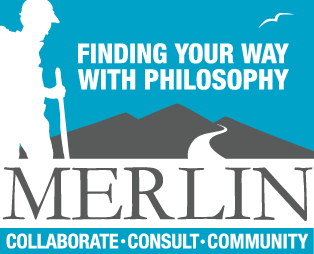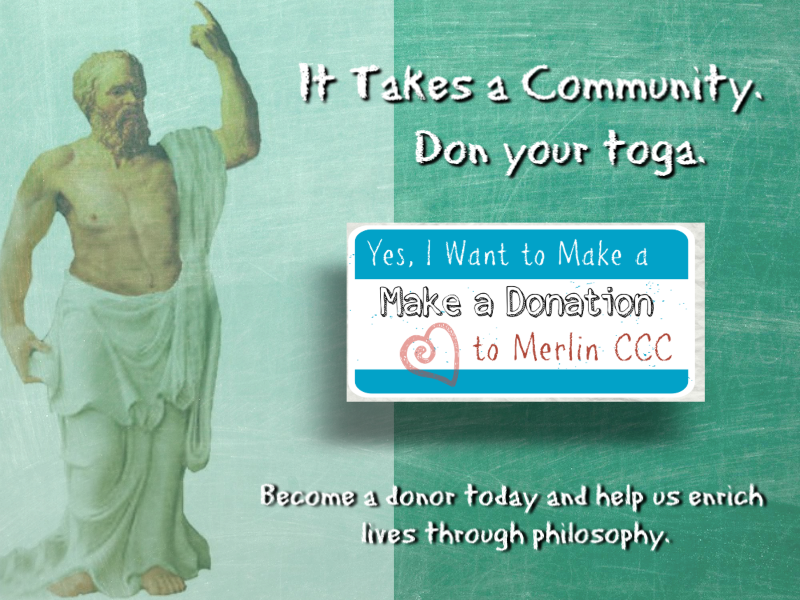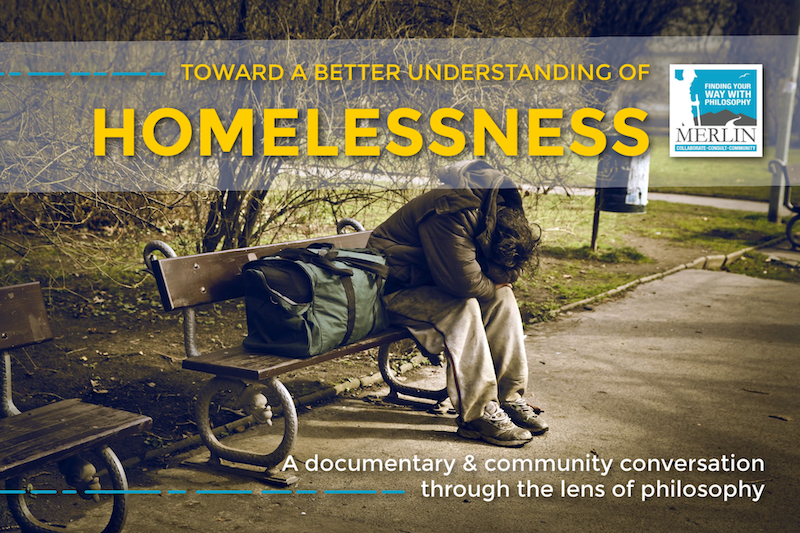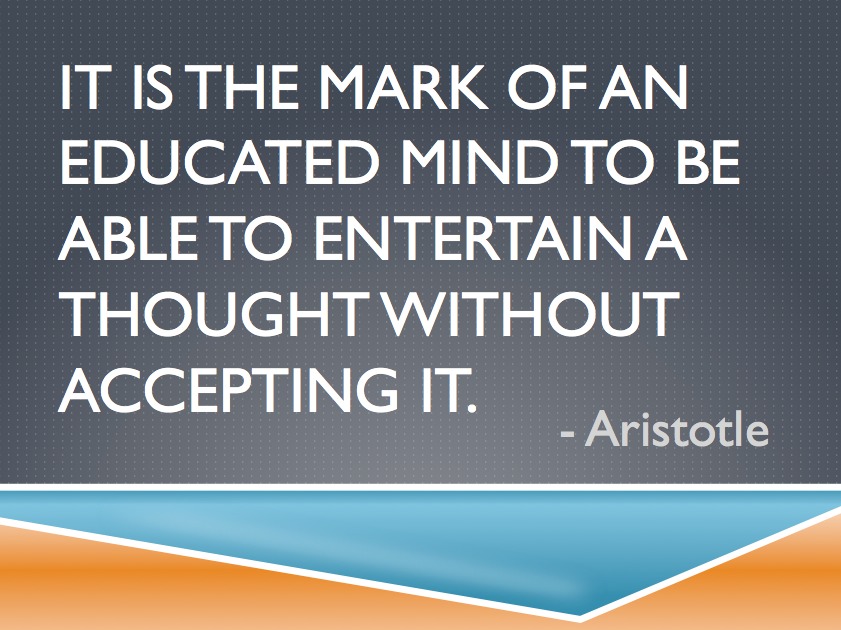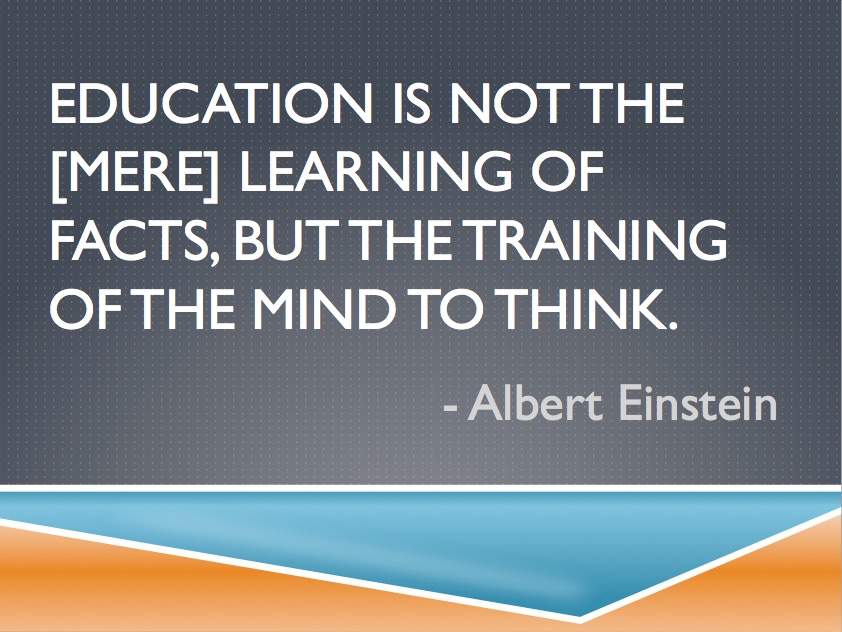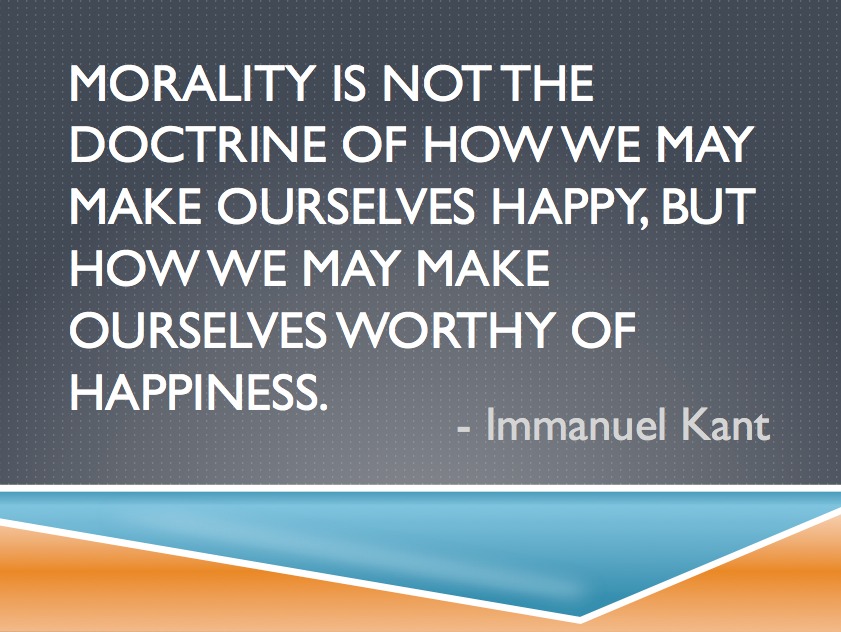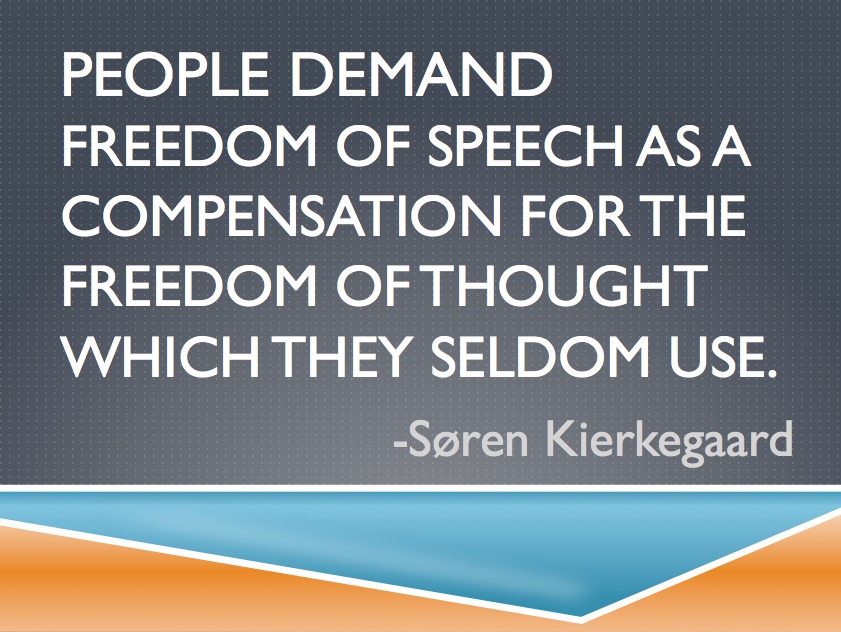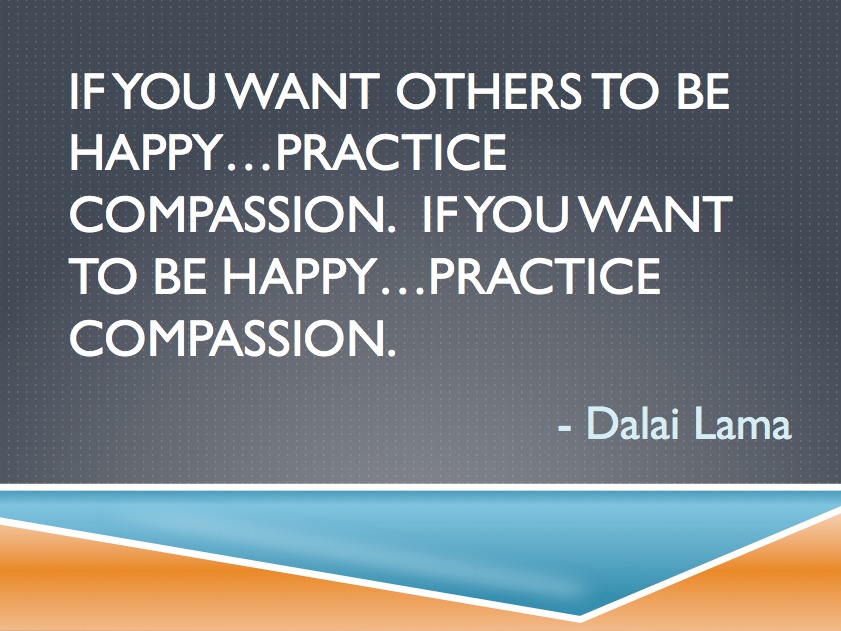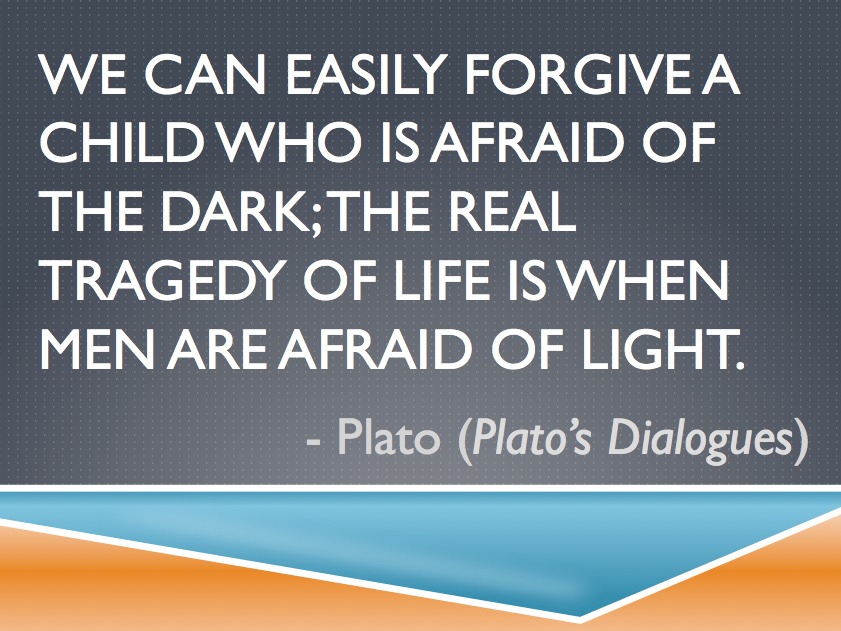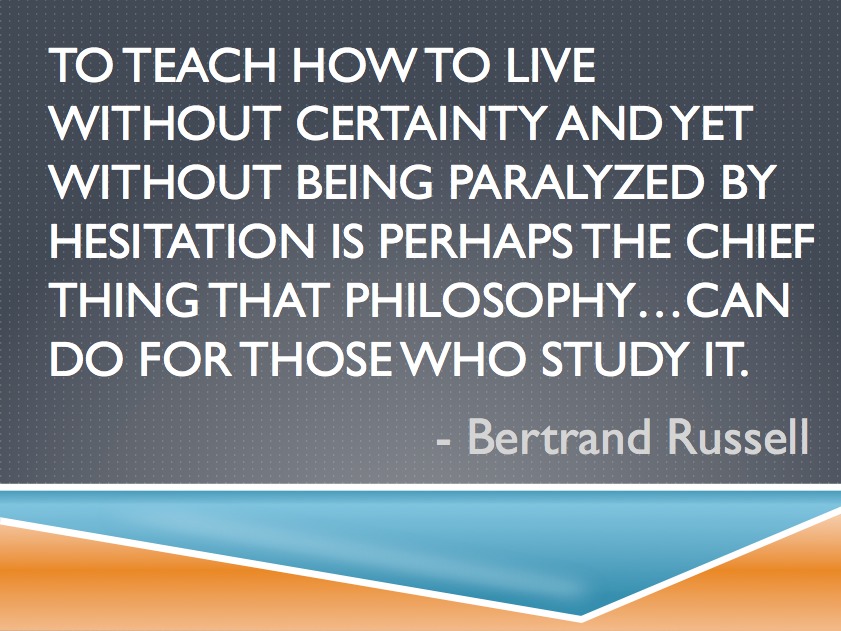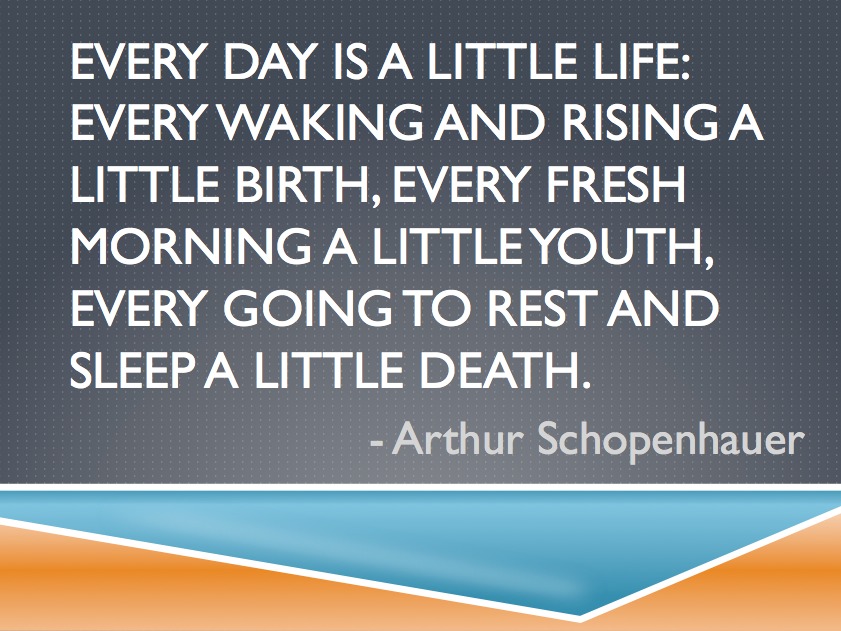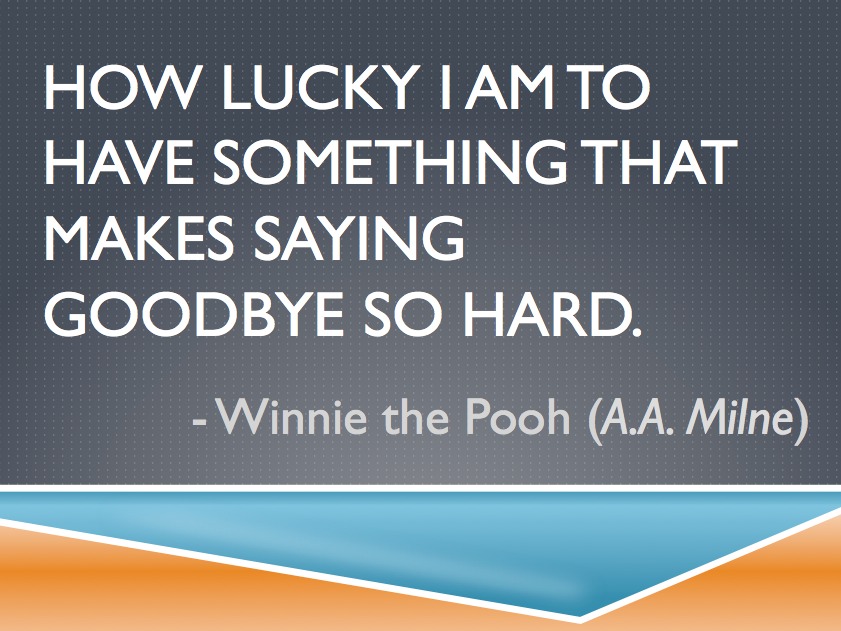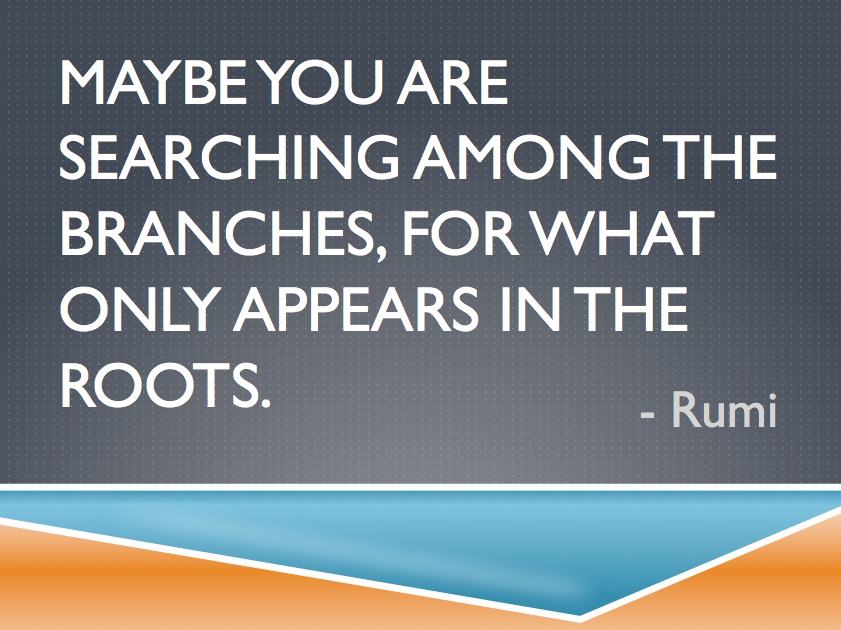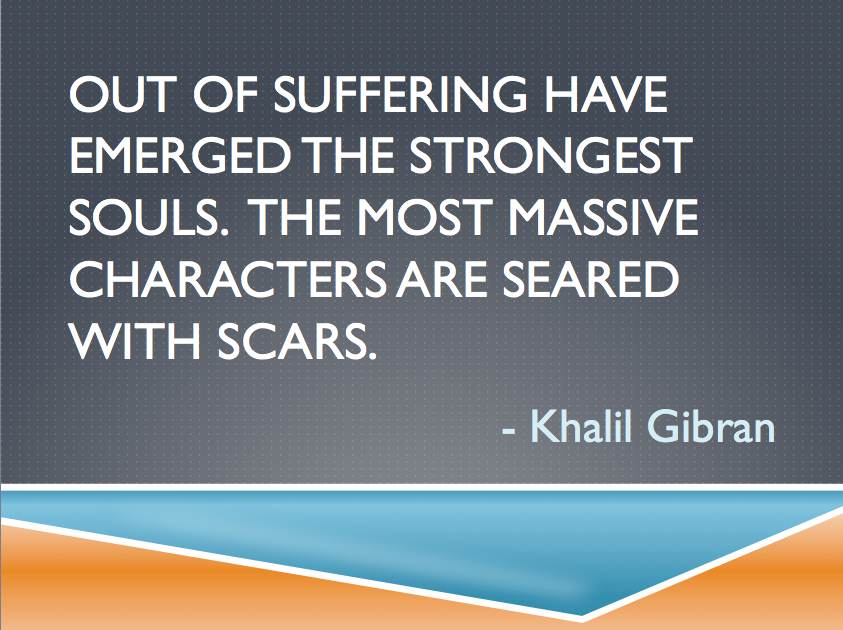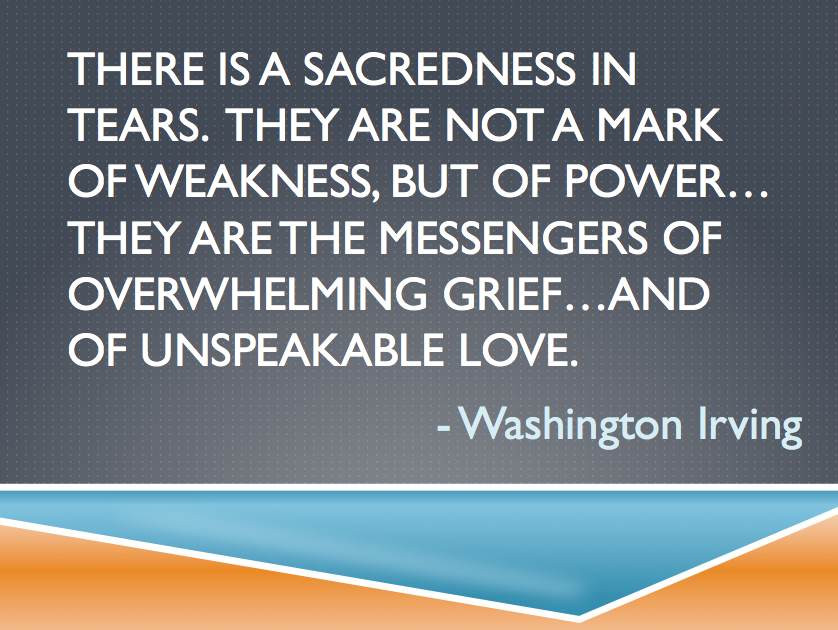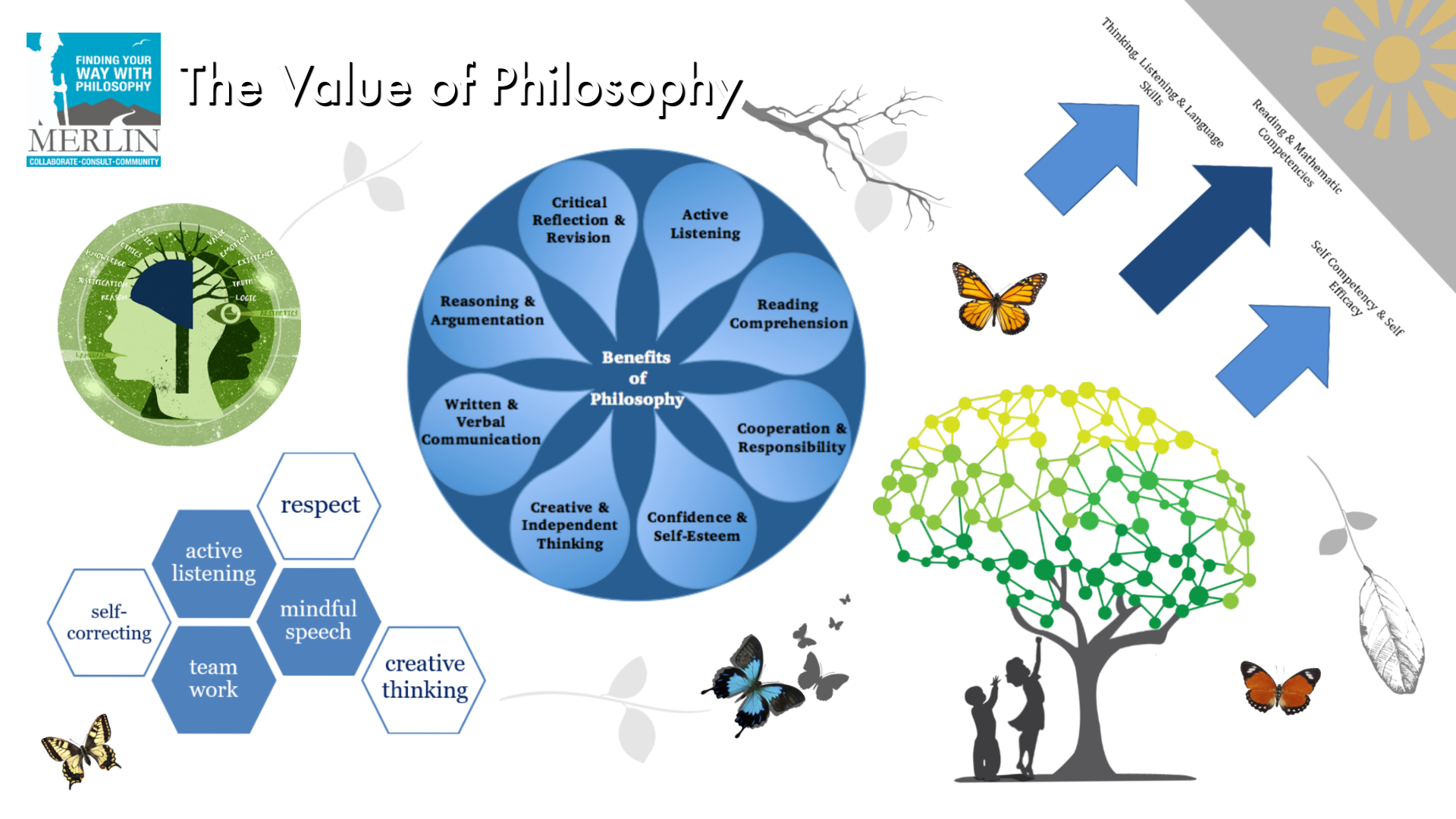 In our August Think & Drink discussion on the moral dimensions of homelessness, we looked at the concept of ‘home’ through the lens of phenomenology – specifically one that tried to get at what is meant by ‘home’ and what sorts of things are at stake when our sense of ‘home’ is compromised (whether metaphorically or, literally, when one actually becomes homeless). Some of the philosophical issues/things at stake identified (relative to our “being/existence”) included questions concerning meaning and purpose, aspirations, motivations, fears, personal identity, freedom, autonomy, dignity, and more. One of the biggest take-away’s near the end of that conversation was the concern that many programs struggle – not just due to funding and systemic issues (which are undeniably huge factors), but also because they often seem to take a “one-size fits all approach” that fail to adequately address the diversity of conceptions, needs and causal circumstances involved and (perhaps of equal importance) the deeper philosophical/phenomenological aspects involved for the person living the experience. View the specific questions we explored and resources here.
In our August Think & Drink discussion on the moral dimensions of homelessness, we looked at the concept of ‘home’ through the lens of phenomenology – specifically one that tried to get at what is meant by ‘home’ and what sorts of things are at stake when our sense of ‘home’ is compromised (whether metaphorically or, literally, when one actually becomes homeless). Some of the philosophical issues/things at stake identified (relative to our “being/existence”) included questions concerning meaning and purpose, aspirations, motivations, fears, personal identity, freedom, autonomy, dignity, and more. One of the biggest take-away’s near the end of that conversation was the concern that many programs struggle – not just due to funding and systemic issues (which are undeniably huge factors), but also because they often seem to take a “one-size fits all approach” that fail to adequately address the diversity of conceptions, needs and causal circumstances involved and (perhaps of equal importance) the deeper philosophical/phenomenological aspects involved for the person living the experience. View the specific questions we explored and resources here.
“Community is in some sense implicit in every individual, and that man is not only part of society, but that society and the social bond are an essential part of himself: that not only is ‘I’ a member of the ‘we’, but also that the ‘we’ is a necessary member of the ‘I’” – Max Scheler, The Nature of Sympathy (1913)
In this month’s Philosophy Think & Drink, we continued our discussion on the moral dimensions of homelessness, first, by diving a bit deeper into the concepts of ‘home’ (and homelessness) by way of an appeal to ‘connection’ and ‘belonging’ (or lack thereof) and, second, by examining three common approaches to homelessness: the difference approach, the liberal approach, and the care approach.
Intersubjectivity & Human Connection
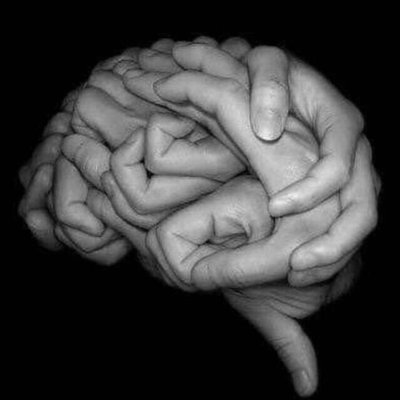
Intersubjectivity is a term used in the social sciences that refers to the psychological relationship between people and is closely related to Ana Daly’s “double incorporation” which essentially claims that the core of our subjectivity (our self/sense of self/sense of home) is two-pronged, containing both the ‘I’ perspective’ and the ‘We’ perspective. These thoughts also echo Merleau-Ponty’s “subjectivity as intersubjectivity” and ideas advanced by Emmanuel Levinas & Max Scheler.
- If we are to take this idea of humans as social creatures, of connection and a sense of belonging/being as integral, and of subjectivity (and our sense of home & self) containing both the “I and We, what sorts of conclusions can we draw about:
- The impacts of feeling alienated or rejected
- The relationship of empathic responsiveness and intersubjectivity (e.g., if one’s “we” perspective is broad in scope, does it follow that one will be more empathic/compassionate?)
- The relationship between our sense of ‘home’ and our sense of ‘community’
- Does being/belonging always mean or entail inclusion?
- How does personal freedom and autonomy/agency fit in with or relate to connection, belonging, and intersubjectivity?
The Difference Approach to Homelessness
 Argues for a more diverse conception of public space, particularly in terms of a more accommodating system of laws and policies of what is allowed on the city streets; advocates for the right to live in public spaces, the cultivation of a broader acceptance of heterogeneity, and a more inclusive conception of citizenship.
Argues for a more diverse conception of public space, particularly in terms of a more accommodating system of laws and policies of what is allowed on the city streets; advocates for the right to live in public spaces, the cultivation of a broader acceptance of heterogeneity, and a more inclusive conception of citizenship.
[Some examples of theorists who advance the difference approach to homelessness include Anita Superson, Andrew F. Smith and Kathleen Arnold]
- What are some advantages of this approach? What sorts of things does it address and/or honor?
- What are some disadvantages of this approach? What sorts of things does it fail to address and/or dishonor?
- Does this approach make some unwarranted assumptions about homeless persons?
- Would an approach like this really result in someone living on the streets (for example) feeling and even being more included as a member/citizen of the community? Does this view seem to conflate acceptance with tolerance?
Some thoughts offered by participants: Recognizes reality of situation at hand, works to diminish outward hostility toward the homeless/not dedicating resources to actively being hostile (e.g., architectural hostility, other); recognizes that people are different; honors eccentricity; doesn’t make the assumption that a ‘roof’ over everyone’s head is what everyone wants; keeps the issues in our face/does not let us easily forget; does not really address the underlying issues/ignores the root cause; a valuable perspective only if look at all cases of homelessness as voluntary; assumes membership/citizenship in a community can be achieved simply by changing up how we view what what is acceptable or not in public space; is not a complete solution but at least a good place to start.
The Liberal Approach to Homelessness
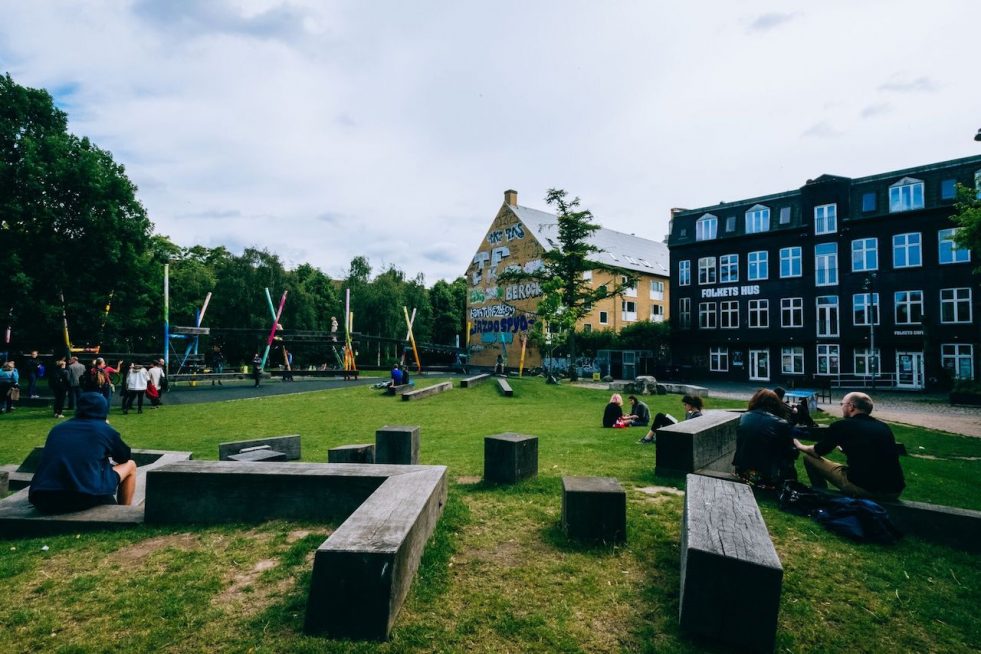 Minimalist Liberal Approach to Homelessness = Argues that “liberalism well understood would reject an interpretation of private property or common property that makes the exercise of certain basic freedoms that are tied to certain basic needs – such as sleeping, finding food, urinating – effectively impossible. Freedom means that everyone is allowed to exercise such freedoms, including homeless persons, and that implies having a (public) space to do that.” (Bart van Leeuwen)
Minimalist Liberal Approach to Homelessness = Argues that “liberalism well understood would reject an interpretation of private property or common property that makes the exercise of certain basic freedoms that are tied to certain basic needs – such as sleeping, finding food, urinating – effectively impossible. Freedom means that everyone is allowed to exercise such freedoms, including homeless persons, and that implies having a (public) space to do that.” (Bart van Leeuwen)
[Jeremy Waldron is an example of a theorist who advocates this version of the liberal approach to homelessness. He argues that “we need a conception of public space that is not at odds with such spaces to exercises these basic needs” and does not propose housing per se, but rather that we change our perception and be more accommodating of public space relative to our basic life-sustaining needs as humans. Waldron’s view is essentially arguing for a case of “negative freedom” (the right not to have our abilities to survive infringed upon or restricted).]
Maximalist/Generous Liberal Approach to Homelessness = Takes the basic ideas of agency and autonomy as important but argues that having a home is key – that people have a right to a home (a physical structure of some sort), not just a right to dwell in public. A ‘home’ is a bastion of autonomy, is protected by law to the legal tenant (allowing tenants to exclude those they don’t want part of their mix out and invite those they do want part of their mix in), offers a sense of privacy that is needed for the development of self and for the cultivation of identity and intimacy.
[David Schrader is an example of a theorist who advocates this version of the liberal approach to homelessness and argues that to lack a home is a fundamental violation of basic liberal respect.]
- What are some advantages of either of these approaches? What sorts of things do they address and/or honor?
- What are some disadvantages of these approaches? What sorts of things do they fail to address and/or dishonor?
Some thoughts offered by participants: Seems to build on basic idea of the difference approach as it concerns expanding our view of what is allowed in public spaces, the reality of the situation at hand, and the diversity of people; addresses some of the realities cities are facing relative to housing shelter crises; provides access for some of our most basic necessities — this gives people a chance to care for themselves and advance; helps to reduce hostility and repulsion by outsiders (e.g., the ability to bathe oneself one and use the restroom in relative privacy); the cost to maintain facilities and utilities might be cost-prohibitive, possible resentment by some in the system who pay for their own homes toward those who receive free shelter (specifically as it concerns the maximalist/generous liberal approach); goes against a persistent grain in western thought and might require massive societal shifts in order to accommodate (specifically as it concerns the maximalist/generous liberal approach).
The Care Approach
 Focuses on the “needs of those living on our streets instead of on their right to live and sleep there.” Defends a program of care that “expresses a resentment about the fact that there are co-citizens that have no place to go to except to homeless shelters (if room is even available) that are often unsafe, dirty, and that offer a temporary, overnight accommodation instead of a private home.” Has some crossovers with maximalist/generous liberal approach of (the physical structure of) a home as a right (and maintains a sort of “housing first” stance). Open to at least three types of coercion: we should coerce homeless persons to make use of housing options; inhabitants (to the extent of their abilities) should work in order to contribute and accept reciprocity; individuals that suffer from serious psychiatric illnesses should accept some kind of treatment for their illnesses. (Bart van Leeuwen)
Focuses on the “needs of those living on our streets instead of on their right to live and sleep there.” Defends a program of care that “expresses a resentment about the fact that there are co-citizens that have no place to go to except to homeless shelters (if room is even available) that are often unsafe, dirty, and that offer a temporary, overnight accommodation instead of a private home.” Has some crossovers with maximalist/generous liberal approach of (the physical structure of) a home as a right (and maintains a sort of “housing first” stance). Open to at least three types of coercion: we should coerce homeless persons to make use of housing options; inhabitants (to the extent of their abilities) should work in order to contribute and accept reciprocity; individuals that suffer from serious psychiatric illnesses should accept some kind of treatment for their illnesses. (Bart van Leeuwen)
[The above described care approach to homelessness reflects the general view offered by Nel Noddings]
- What are some advantages of this approach? What sorts of things does it address and/or honor?
- What are some disadvantages of this approach? What sorts of things does it dishonor and/or fail to address?
- Can the types of coercion that this approach advocates be reconciled with notions of respect, dignity, autonomy/agency? Are they as legitimate or acceptable as Nodding’s believes them to be?
- For example, one charge that could be made here concerns ‘paternalism’ or ‘paternalistic intervention’ – i.e., the interference of a state or an individual with another person defended or motivated by a claim that the person interfered with will be better off. Are all forms of paternalism unacceptable? If some forms are acceptable, why and how so?
Some thoughts offered by participants: Shifts our focus from rights to responsibilities; addresses very real issue of shelter (or lack their of) not just ability to perform basic acts, offers opportunities for advance and broadening of skills (though might not address the difficulty of finding low-level jobs in our current technology-driven environment); runs the risk of infantilizing the homeless; built-in tension relative to how what is expected and not of the homeless once help is provided, seems dangerously paternalistic (esp. as it concerns some of the acceptable forms coercion); honors reciprocity; addresses (to some extent) the reality of mental illness with some homeless populations; might be too cost-prohibitive and prove challenging in terms of urban development without a massive system overhaul.
Some Resources
- August 2018 Philosophy Think & Drink: Moral Dimensions of Homelessness (Special Topic – Part 1)
- The Ethics of Homelessness: Philosophical Perspectives, ed. G. John M. Abbarno 86 (Value Inquiry Book Series), 1999
- “In Defense of Homelessness,” Andrew F. Smith, Journal of Value Inquiry 48 (2014), 33-51.
- “Homelessness and Community,” Jeremy Waldron, University of Toronto Law Journal 50 (2000), 371-406.
- “To the Edge of the Urban Landscape: Homelessness and the Politics of Care,” Bart van Leeuwen, Political Theory 46:4 (2018), 586-610
- “Should the Homeless be Forcibly Helped?” Bart van Leeuwen & Michael S. Merry, Public Health Ethics (2018), 1-14
- “Homelessness and the Limits of Hospitality,” Ana Daly, Philosophy Now 123 (2017/2018)




Thank you to the Philosophy Learning & Teaching Organization (PLATO) for supporting philosophy in the community and helping us bring activities like these to the Helena community!

